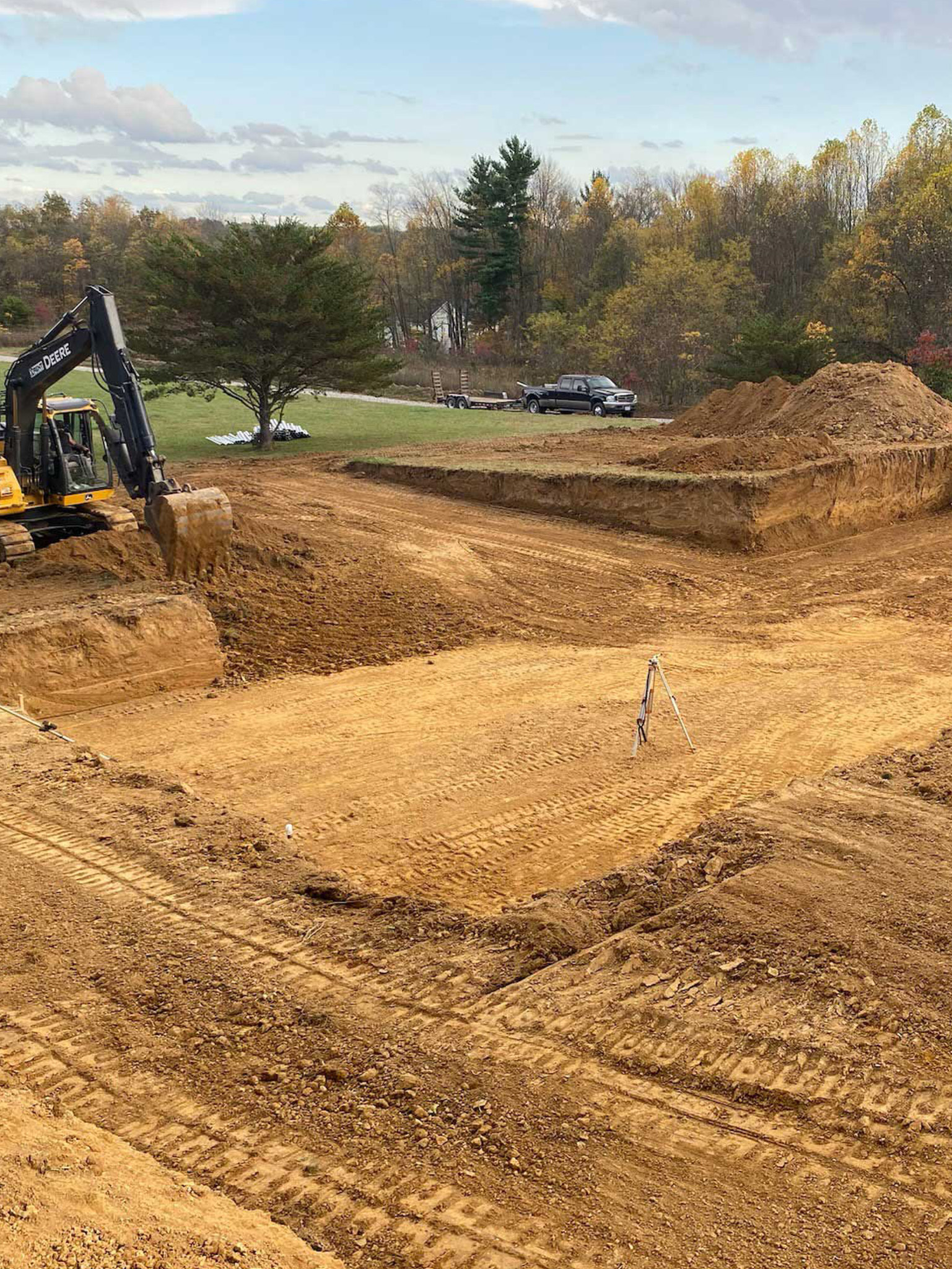Comprehensive Excavation Methods: Understanding the Basics for Success
In the realm of building and construction and civil engineering, the relevance of reliable excavation approaches can not be overemphasized. The mindful preparation, specific implementation, and thorough interest to information called for in excavation tasks demand a comprehensive strategy that incorporates different basic facets. From initial dirt evaluation to the implementation of safety measures and regular progression surveillance, grasping these core aspects is crucial for attaining success in any kind of excavation undertaking. The real mastery exists not merely in comprehending these fundamentals yet in seamlessly integrating them to browse the intricacies of excavation projects with skill.
Recognizing Excavation Task Preparation

Successful excavation tasks are improved the foundation of thorough and complete planning. The initial stage of any kind of excavation task is the drawing board, where vital choices are made that can dramatically influence the outcome of the task. During this phase, it is necessary to gather all relevant info regarding the website, consisting of topographical surveys, soil structure, and any type of possible dangers that might exist. Recognizing the job timeline, scope, and budget constraints is important for developing an extensive excavation plan that ensures the job's success.
One key element of excavation task preparation is the growth of an in-depth timeline that lays out the sequence of landmarks, deadlines, and activities. This timeline works as a roadmap for the job group, permitting them to track progress and make necessary changes to make sure the task remains on schedule. Additionally, a distinct budget plan that represents all expenditures, consisting of devices leasing, labor prices, and products, is necessary for preventing price overruns and hold-ups. By thoroughly thinking about all these aspects throughout the preparation phase, excavation jobs can be executed successfully and successfully, causing effective results.
Soil Analysis and Site Assessment
Conducting complete dirt analysis and site examination is an essential action in the preparation phase of any kind of excavation task. Dirt analysis involves figuring out the composition, framework, and properties of the soil at the excavation website. This info is crucial for comprehending the dirt's bearing capacity, wetness content, and capacity for erosion, which are crucial variables in establishing the excavation methods and devices required for the task.
Website evaluation exceeds soil analysis and includes a wider assessment of the general site conditions. This examination includes identifying any kind of possible dangers, such as below ground energies, ecological problems, or unstable terrain, that could affect the excavation procedure. By thoroughly examining the site, task supervisors can establish efficient excavation techniques that focus on safety, efficiency, and ecological defense.
Making use of innovative modern technologies like ground-penetrating radar, soil sampling, and drone studies can boost the accuracy and performance of soil analysis and website evaluation. Spending time and resources in these initial steps can inevitably save time and protect against expensive hold-ups or complications during the excavation procedure.
Devices Selection and Use
Efficient excavation projects count heavily on calculated tools option and utilization to make sure ideal efficiency and productivity. Selecting the best equipment for the work is important in optimizing performance and lessening downtime. Elements such as the kind of soil, depth of excavation, and project extent play a substantial duty in determining the most appropriate tools for the job available.

In addition anchor to selecting the suitable tools, appropriate usage is essential to task success. Operators needs to be trained to manage the tools securely and effectively - lancaster trenching. Routine maintenance checks and timely repair work assist avoid breakdowns and make certain regular efficiency throughout the project
Safety And Security Actions and Regulations Conformity
In the realm of excavation jobs, focusing on precaution and compliance with regulations is paramount to making certain a safe and secure and lawfully audio operational setting. Precaution encompass a variety of methods, including performing thorough site analyses, my explanation applying proper signage and obstacles, and giving ample security training for all employees associated with the excavation process. Adherence to regulations, such as OSHA needs in the United States, ensures that the excavation task satisfies the required standards to shield employees, spectators, and the surrounding environment.

Monitoring Progression and Adjusting Techniques
Exactly how can predict managers effectively track the innovation of excavation tasks and adjust their techniques accordingly to maximize end results? Surveillance progress is important for ensuring that excavation jobs stay on track and meet deadlines.

Verdict
Finally, grasping the principles of comprehensive excavation approaches is important for the success of any project. By recognizing job preparation, examining dirt and website problems, picking ideal equipment, abiding by safety and security policies, and keeping track of Web Site progress, project supervisors can make certain a smooth and efficient excavation process. Carrying out these techniques will certainly lead to effective end results and reduce potential risks or obstacles throughout the excavation project.
The initial stage of any kind of excavation job is the preparation phase, where important decisions are made that can dramatically impact the outcome of the project. Comprehending the task spending plan, range, and timeline restraints is important for developing a comprehensive excavation strategy that makes certain the task's success.
How can forecast supervisors successfully track the innovation of excavation jobs and adapt their methods accordingly to enhance results? By very closely keeping track of progress and being ready to adapt strategies, job managers can enhance the total success of excavation jobs.
By comprehending job preparation, examining soil and website problems, picking proper tools, complying with security policies, and keeping track of progression, project supervisors can ensure a efficient and smooth excavation procedure.